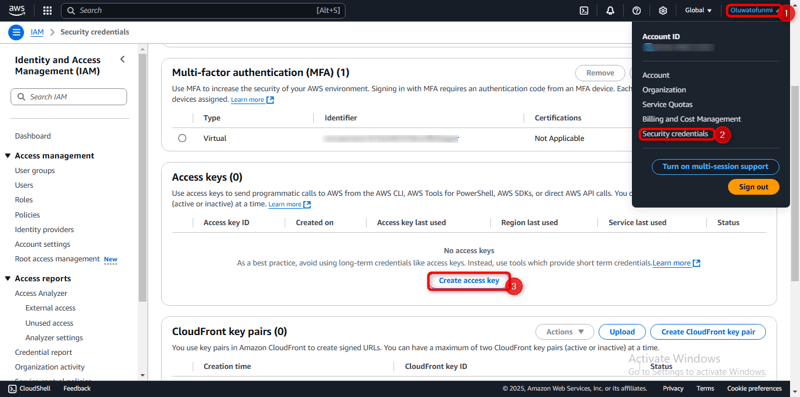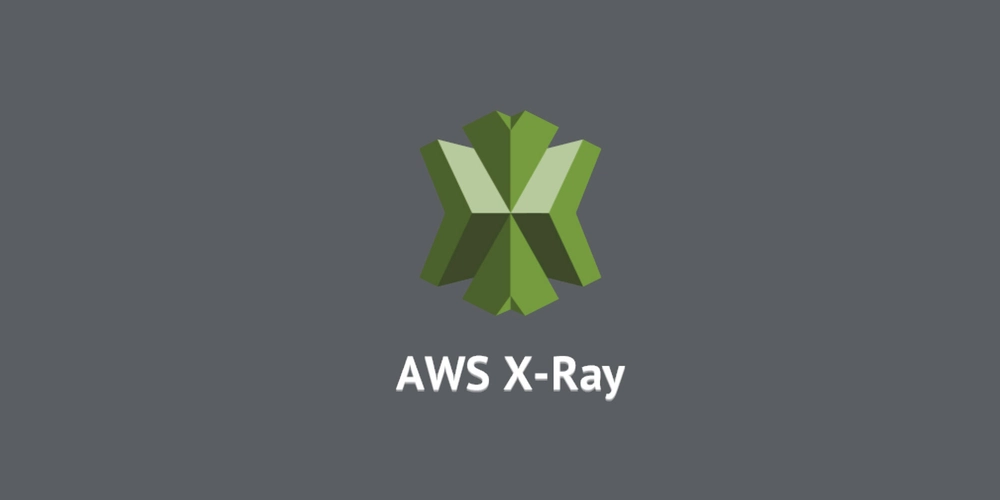Source Maps for JavaScript Debugging
Source Maps for JavaScript Debugging: A Comprehensive Guide Introduction JavaScript is a prototypal, dynamic, and high-level programming language that has undergone extensive changes since its inception in 1995. With the rise of complex single-page applications (SPAs), frameworks like Angular, React, and Vue, transpilation tools such as Babel, and sophisticated build systems like Webpack, the need for effective debugging tools has surged. One indispensable tool in a modern JavaScript developer's arsenal is the Source Map. This article provides an exhaustive technical guide to understanding, implementing, and leveraging source maps for JavaScript debugging. We'll explore their historical context, delve deeply into complex scenarios, and address potential pitfalls while providing advanced debugging techniques. Historical Context JavaScript had humble beginnings as a scripting language intended for simple web interactions. However, as frameworks evolved and developers began using languages like TypeScript, SCSS, and even languages that compile to JavaScript (e.g., CoffeeScript), debugging became increasingly difficult. Without a proper mapping from the generated code to its original source, debugging turned into a nightmarish task. To address this issue, the Source Map specification was born as a way to map the minified or compiled code back to its original source, facilitating easier debugging. The first formal specification of source maps was adopted in 2013 and is documented in the source map specification. Understanding Source Maps At its core, a source map is a JSON file that provides a mapping between transformed code (e.g., minified or compiled) and the original source code. This mapping allows developers to view the original code in their browser's developer tools, even if the executable code is obfuscated. Source Map Structure A typical source map file consists of several properties, notably: version: The version of the source map specification. file: The generated file's name. sources: An array of original source files. sourcesContent: An array holding the content of the original sources. mappings: A VLQ (Variable Length Quantity) encoded string that describes how to map the transformed code back to the original source code. Here’s a simple example of what a source map might look like: { "version": 3, "file": "out.js", "sources": ["foo.js", "bar.js"], "sourcesContent": ["console.log('Hello from foo');", "console.log('Hello from bar');"], "mappings": ";AAAA,SAAS,CAAC,GAAR,CAAY,aAAZ,CAAA,CAAA,CAAA" } How Source Maps Work When your JavaScript throws an error (e.g., a syntax error, runtime error), the browser will refer to the source map and retrieve the original code's line number and column, allowing you to debug the code as it was initially written, instead of its transformed state. Code Examples and Complex Scenarios Simple Usage Example Let’s consider a minimal setup using Babel to transpile ES6 code into ES5. // Original ES6 Code (src/app.js) const greet = name => console.log(`Hello, ${name}`); greet('World'); After running Babel with the appropriate configuration, you might get the following minified output: // Transformed ES5 Code (dist/app.js) "use strict";const greet=function(name){return console.log(`Hello, ${name}`)};greet("World"); Along with this, Babel generates a source map defining the original mappings. Here’s a brief analysis: Mapping: The mapping field helps map each character in the minified file back to its original file and line/column numbers. Advanced Example with Multiple Transpilers Let’s dive into a more advanced scenario where multiple tools are used, such as TypeScript and Webpack. Consider a TypeScript file: // src/index.ts const square = (n: number): number => n * n; console.log(square(5)); After compilation through TypeScript and bundling through Webpack, you might produce: // Dist code (app.js) !function() { "use strict"; const square = (n) => n * n; console.log(square(5)); }(); The generated source map would link the compiled JavaScript back to the original TypeScript file accurately, preserving line numbers and variable names for debugging. Complex Case: Minified and Obfuscated Code When dealing with minified code (e.g., using UglifyJS), debugging becomes significantly tougher without source maps. Consider this example: // Original code function calculateTotal(subtotal, taxRate) { return subtotal + subtotal * taxRate; } // Minified output function a(b,c){return b+b*c} The source map would help link back to the original function name and parameters, allowing developers to pinpoint issues without having to decipher cryptic minified names. Edge Cases and Advanced Techniques Source Map with CSS Browsers also support source maps for CSS. This

Source Maps for JavaScript Debugging: A Comprehensive Guide
Introduction
JavaScript is a prototypal, dynamic, and high-level programming language that has undergone extensive changes since its inception in 1995. With the rise of complex single-page applications (SPAs), frameworks like Angular, React, and Vue, transpilation tools such as Babel, and sophisticated build systems like Webpack, the need for effective debugging tools has surged.
One indispensable tool in a modern JavaScript developer's arsenal is the Source Map. This article provides an exhaustive technical guide to understanding, implementing, and leveraging source maps for JavaScript debugging. We'll explore their historical context, delve deeply into complex scenarios, and address potential pitfalls while providing advanced debugging techniques.
Historical Context
JavaScript had humble beginnings as a scripting language intended for simple web interactions. However, as frameworks evolved and developers began using languages like TypeScript, SCSS, and even languages that compile to JavaScript (e.g., CoffeeScript), debugging became increasingly difficult. Without a proper mapping from the generated code to its original source, debugging turned into a nightmarish task.
To address this issue, the Source Map specification was born as a way to map the minified or compiled code back to its original source, facilitating easier debugging. The first formal specification of source maps was adopted in 2013 and is documented in the source map specification.
Understanding Source Maps
At its core, a source map is a JSON file that provides a mapping between transformed code (e.g., minified or compiled) and the original source code. This mapping allows developers to view the original code in their browser's developer tools, even if the executable code is obfuscated.
Source Map Structure
A typical source map file consists of several properties, notably:
- version: The version of the source map specification.
- file: The generated file's name.
- sources: An array of original source files.
- sourcesContent: An array holding the content of the original sources.
- mappings: A VLQ (Variable Length Quantity) encoded string that describes how to map the transformed code back to the original source code.
Here’s a simple example of what a source map might look like:
{
"version": 3,
"file": "out.js",
"sources": ["foo.js", "bar.js"],
"sourcesContent": ["console.log('Hello from foo');", "console.log('Hello from bar');"],
"mappings": ";AAAA,SAAS,CAAC,GAAR,CAAY,aAAZ,CAAA,CAAA,CAAA"
}
How Source Maps Work
When your JavaScript throws an error (e.g., a syntax error, runtime error), the browser will refer to the source map and retrieve the original code's line number and column, allowing you to debug the code as it was initially written, instead of its transformed state.
Code Examples and Complex Scenarios
Simple Usage Example
Let’s consider a minimal setup using Babel to transpile ES6 code into ES5.
// Original ES6 Code (src/app.js)
const greet = name => console.log(`Hello, ${name}`);
greet('World');
After running Babel with the appropriate configuration, you might get the following minified output:
// Transformed ES5 Code (dist/app.js)
"use strict";const greet=function(name){return console.log(`Hello, ${name}`)};greet("World");
Along with this, Babel generates a source map defining the original mappings. Here’s a brief analysis:
-
Mapping: The
mappingfield helps map each character in the minified file back to its original file and line/column numbers.
Advanced Example with Multiple Transpilers
Let’s dive into a more advanced scenario where multiple tools are used, such as TypeScript and Webpack. Consider a TypeScript file:
// src/index.ts
const square = (n: number): number => n * n;
console.log(square(5));
After compilation through TypeScript and bundling through Webpack, you might produce:
// Dist code (app.js)
!function() {
"use strict";
const square = (n) => n * n;
console.log(square(5));
}();
The generated source map would link the compiled JavaScript back to the original TypeScript file accurately, preserving line numbers and variable names for debugging.
Complex Case: Minified and Obfuscated Code
When dealing with minified code (e.g., using UglifyJS), debugging becomes significantly tougher without source maps. Consider this example:
// Original code
function calculateTotal(subtotal, taxRate) {
return subtotal + subtotal * taxRate;
}
// Minified output
function a(b,c){return b+b*c}
The source map would help link back to the original function name and parameters, allowing developers to pinpoint issues without having to decipher cryptic minified names.
Edge Cases and Advanced Techniques
Source Map with CSS
Browsers also support source maps for CSS. This means all your CSS preprocessors (like Sass or LESS) can generate source maps to debug styles effectively. When using tools like Webpack, configuring source maps for CSS files becomes seamless.
// Same source map configuration in a Webpack config would support CSS
devtool: 'source-map',
Sourcetools and Frameworks
Tools like React DevTools and Redux DevTools make extensive use of source maps to display component hierarchies and state changes using the original component sources, significantly aiding debugging workflows.
Performance Considerations and Optimization Strategies
While source maps are invaluable, they incur a performance overhead during the build process, especially with large applications. Here are some tips to optimize performance:
Use Development vs Production Maps: Generate source maps during development only with
devtool: 'source-map', and avoid generating them for production builds. You can conditionally enable them based on the environment.Use Different Types of Source Maps: Experiment with different source map types, such as
cheap-module-source-map, which can offer more performance thansource-map. The trade-off is that you may lose some accuracy in line numbers.Minimize Sources Content: If you do not need the original source code in the production source maps, avoid including
sourcesContent, which can bloat files.Inline Source Maps: While convenient during development, inlining can lead to larger file sizes. Keep them as separate files for production.
Potential Pitfalls
Security Concerns
Exposing source maps in production can lead to security vulnerabilities as they can reveal implementation details, thus compromising intellectual property. Be sure to control access to your source maps, possibly using environment variables or server-side conditions.
Browser Compatibility
While modern browsers support source maps natively, ensure that your browser compatibility targets are still adhered to. Testing across different browsers will confirm that the source map representations behave as expected.
Real-world Use Cases
React Apps: Major React applications, like Facebook, use source maps to enhance debugging experiences while maintaining optimized code. Issues traced in logs are often directly linked back to original component files.
Angular CLI: Angular applications utilize source maps out-of-the-box, allowing developers to debug applications as if they were written directly in TypeScript, even when bundled into JavaScript.
Testing Frameworks: Testing libraries like Jest or Mocha rely on source maps to relate failing test cases back to the specific line in the original source code, ensuring debugging is streamlined.
Conclusion
In modern JavaScript development, source maps are essential for maintaining a pleasant development experience despite the complexities brought about by new tools and transformations. Understanding how to effectively manage source maps is imperative for developers seeking to optimize their debugging processes.
This deep dive into source maps not only covers their technical aspects but also provides real-world scenarios, challenges, and best practices, arming senior developers with the insights necessary for advanced debugging.
References and Further Reading
- Source Map Specification
- MDN Web Docs on Source Maps
- Webpack Devtool Docs
- Babel Official Documentation on Source Maps
By engaging with the material presented in this guide, developers can gain the mastery necessary to effectively utilize source maps, transforming a once tedious debugging task into a manageable and efficient process.












































































































































































![[The AI Show Episode 142]: ChatGPT’s New Image Generator, Studio Ghibli Craze and Backlash, Gemini 2.5, OpenAI Academy, 4o Updates, Vibe Marketing & xAI Acquires X](https://www.marketingaiinstitute.com/hubfs/ep%20142%20cover.png)




























































































































![[DEALS] The Premium Learn to Code Certification Bundle (97% off) & Other Deals Up To 98% Off – Offers End Soon!](https://www.javacodegeeks.com/wp-content/uploads/2012/12/jcg-logo.jpg)

![From drop-out to software architect with Jason Lengstorf [Podcast #167]](https://cdn.hashnode.com/res/hashnode/image/upload/v1743796461357/f3d19cd7-e6f5-4d7c-8bfc-eb974bc8da68.png?#)








































































































.png?#)


































_Christophe_Coat_Alamy.jpg?#)


.webp?#)





































































































![Apple Considers Delaying Smart Home Hub Until 2026 [Gurman]](https://www.iclarified.com/images/news/96946/96946/96946-640.jpg)
![iPhone 17 Pro Won't Feature Two-Toned Back [Gurman]](https://www.iclarified.com/images/news/96944/96944/96944-640.jpg)
![Tariffs Threaten Apple's $999 iPhone Price Point in the U.S. [Gurman]](https://www.iclarified.com/images/news/96943/96943/96943-640.jpg)




































































































































